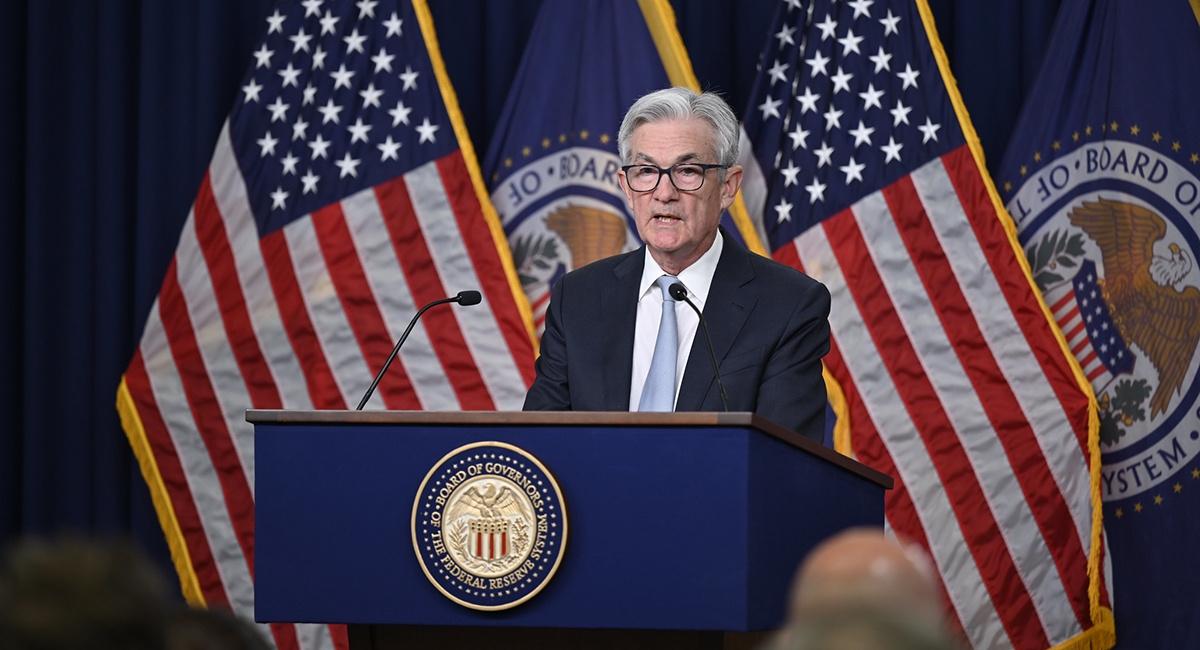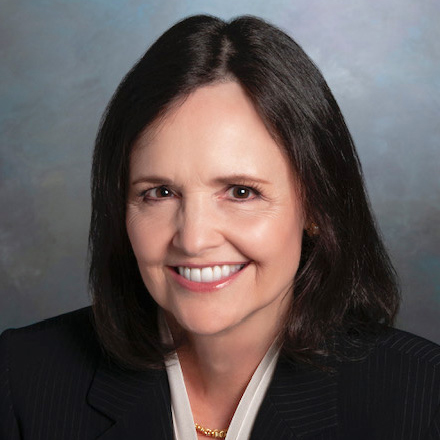Whose fault is it when the cost of living surges to record levels? In a Gallup poll taken just before the midterm election, Americans identified inflation as the most important problem facing the nation. Poor government leadership also was named a problem—but does that mean anyone in government will actually be held accountable?
Republicans castigate the Biden administration and congressional Democrats for reckless spending even as White House officials contend that Republican plans would make America’s fiscal situation worse. But rather than work out solutions to the budget deficits and indebtedness that exacerbate inflationary pressures, Congress seems incapable of making hard political choices.
Meanwhile, the Federal Reserve has conveniently stepped into the breach—proclaiming its own guilt as the leading cause of rising prices. Beginning in August at the Jackson Hole, Wyo., annual gathering for policy makers, and continuing at both the September and November press conferences following monetary-policy committee meetings, the central bank’s Chairman Jerome Powell has said: “Price stability is the responsibility of the Federal Reserve and serves as the bedrock of our economy.”
It seems a gallant gesture—no matter that the bedrock has become a slippery slope. But Mr. Powell’s declaration is proffered under the protective umbrella of the Fed’s status as an independent government agency and one exempt from those hard political choices.
In short, the Fed’s mea culpa for rising prices provides no real accountability for the public and only muddies the waters. Does it mean that Congress and the White House are absolved of responsibility for inflation? Do voters simply have to accept that the Fed has no choice but to counter the consequences of excessive government spending—particularly fiscal transfer payments—by inflicting higher interest rates on the whole economy?
Fiscal transfer payments, such as stimulus checks and expanded unemployment insurance, ignited the high inflation that leads the list of American economic concerns. According to a recent study prepared for the Fed’s Board of Governors by its own economists, the buildup of household income through government transfers during the pandemic subsequently fueled spending. “We estimate that U.S. households accumulated about $2.3 trillion in savings in 2020 and through the summer of 2021,” the study notes, citing “historic levels of government transfers” that included stimulus payments ($844 billion), unemployment insurance ($836 billion), and other transfer receipts ($548 billion).
The payments “enabled more households to smooth their consumption” during the negative income shock, the economists point out while also conceding that “excess savings have fueled high levels of spending for some households, which may have contributed to persistently high inflation amid constrained supply.”
So we are left with a central bank determined to combat inflation by moving its benchmark interest rate to levels that will restrain economic expansion and reduce hiring—all to curb aggregate demand. “Slowing demand growth should allow supply to catch up with demand and restore the balance that will yield stable prices over time,” Mr. Powell explained at a recent Brookings Institution event. “Restoring that balance is likely to require a sustained period of below-trend growth.”
Seeking below-trend growth and higher unemployment to deal with the lack of goods and services in our economy may strike some as a questionable strategy for the Fed. Even more questionable are the mechanisms used to conduct monetary policy. Despite Mr. Powell’s assurances that the Fed has the necessary tools to restore price stability—defined by the Fed as 2% inflation—there is reason to doubt their efficacy.
In the years before Covid, the Fed had a hard time pushing inflation up to the 2% target rate using its primary tools: paying near-zero interest rates on reserve balances and purchasing trillions in government debt securities. Now it presumes to bring the current 7.7% inflation rate down to its 2% target rate by essentially reversing the use of those same tools: paying higher interest rates on reserve balances and shrinking its balance sheet by not replacing government debt securities that mature.
Moreover, paying high interest rates on cash balances kept at the Fed by commercial banks, in tandem with paying interest on cash parked overnight at the Fed by money-market mutual funds through reverse repurchase agreements, is proving expensive. While the Fed used to contribute substantial earnings from its portfolio holdings as “remittances” to the Treasury—some $846 billion in the last 10 years—it now is operating at a loss. Americans may begin to question why Treasury is advancing funds to the central bank to pay high rates of interest to banks and mutual funds on risk-free cash deposits—especially if it will require a “sustained period” to meet the Fed’s objectives.
It’s too bad that respecting the Fed’s independence prevents Congress from looking more closely at this tool aimed at preventing some $5.5 trillion from entering the real economy. If Congress exercised its constitutional power to regulate the value of money, it might tell the Fed to stop paying banks and mutual funds not to make loans or invest capital in productive economic opportunities.
The Fed should show Congress its study on government fiscal transfers as a driver of inflation—noting that it would be easier to restore balance between demand and supply if Congress didn’t pay people not to work.
But this is likely wishful thinking. Between the failings of both fiscal- and monetary-policy makers, it looks as if taxpayers will be the ones held accountable.









